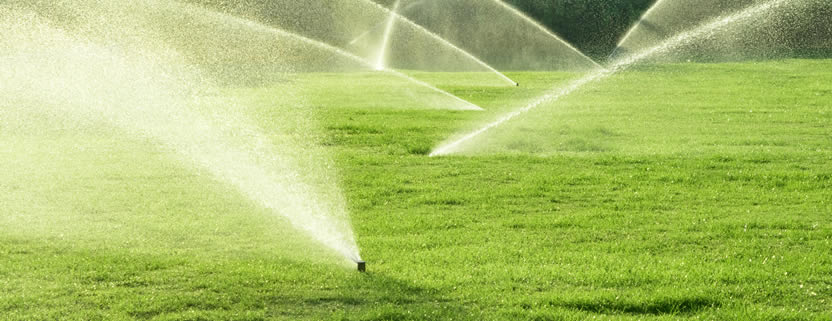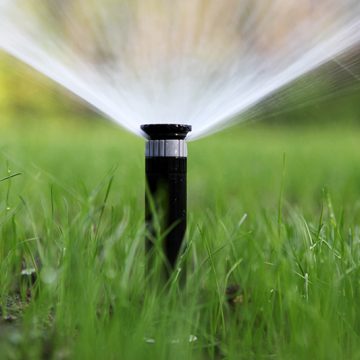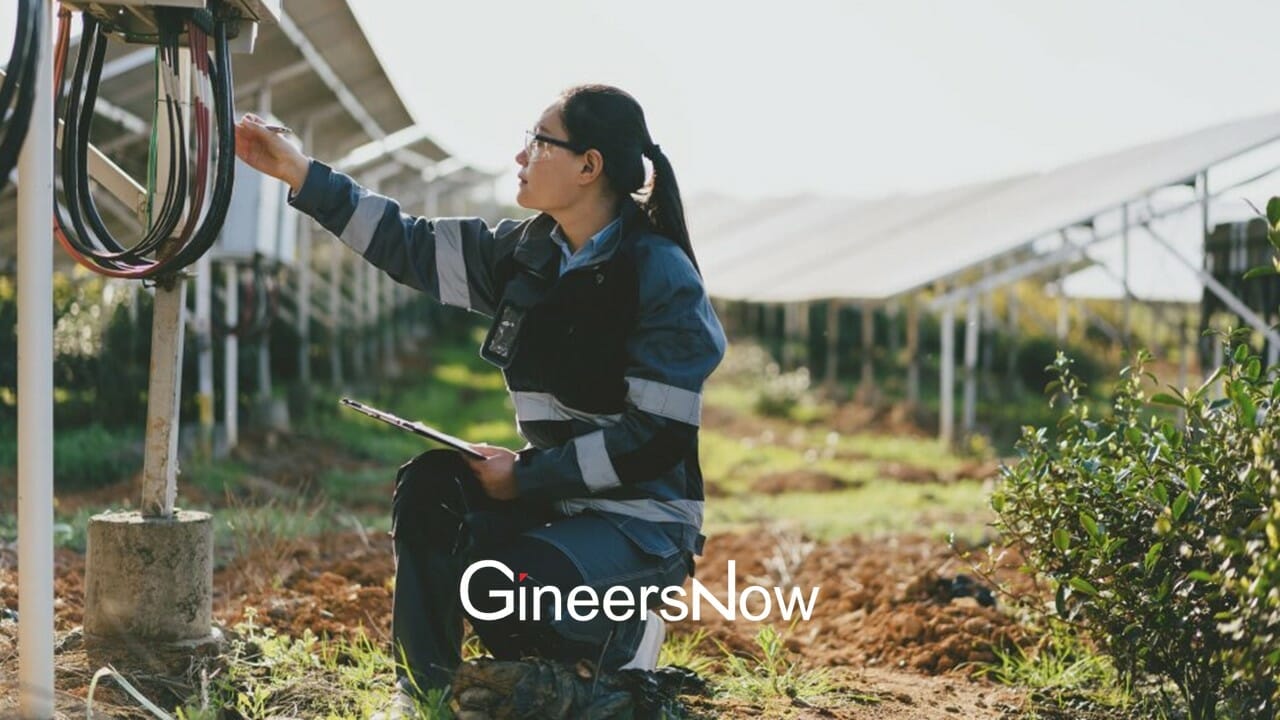MIT researchers have developed a sustainable sprinkler system.
The agriculture sector needs water for the crops to grow. There are two essential sources of this: rainfall and irrigation. While rainfall is an uncontrolled phenomenon, irrigation is one system that is used to sustain the cultivation of crops.
Manmade systems to supply water requirements in agriculture vary depending on crop conditions. A few of these irrigation methods are the drip, which is a planned irrigation system in which water is applied directly to the Root Zone of plants by means of applicators; the flood, or the application of irrigation water where the entire surface of the soil is covered by ponded water; the gravity, which is an irrigation in which the water is not pumped but flows and is distributed by gravity; and the sprinkler, or a planned irrigation system in which water is applied by means of perforated pipes or nozzles operated under pressure so as to form a spray pattern, among others.

Present sprinkler systems used in farming are perhaps already effective. But they could be better.
Researchers from Massachusetts Institute of Technology (MIT) have found a way for an improved irrigation technology which is more sustainable and cost-effective than what most farmers use now.
Their irrigation technology relies on a device called a Starling resistor. It is a flexible tube that collapses as pressure is applied. This system is likened to human respiration, which has been used to model flow in the lungs and airways.

Wang (left) at Jain Irrigation Systems in Jalgaon, India. Source: MIT
Ruo-Qian Wang, a former postdoc at the MIT Tata Center for Technology and Design who is now a postdoc at the University of California at Berkeley, said that their research marks the first time that such resistor has been applied to a pressure-compensated flow control system for agriculture.
What they did is introduce a needle valve which allowed an independent control of two key variables: activation pressure and flow rate. Ultimately, the target is to have a steady flow rate which can be maintained regardless of the pressure differential. This phenomenon is called pressure compensation.

“Activation pressure is key to energy consumption,” Wang says. “A traditional resistor has to achieve a high level of activation pressure, about 1 bar, to activate the pressure compensation mechanism. That takes a lot of pumping power.”
Experiments were done to check the change in activation pressure, using a rubber tube to replace the diaphragm of the existing Starling resistor design. It was found that the needed activation pressure was reduced by 90 percent.
They placed the needle valve at a critical juncture in the system, which made a series of resistors along with the rubber tube for the water to flow.
By testing different tube lengths and thicknesses, it was found that adjusting the needle valve changed the flow rate. However, the minimum pressure needed to “activate” the system remained the same.

This means that farmers can use smaller pumps and smaller solar panels to provide activation pressure. It could be particularly useful in developing countries where many farmers do not have a reliable access to the electricity grid.
Moreover, sprinkler systems can now be modified easily for a high flow rate, which is necessary for pulsating sprinklers.
Wang adds, “We can design the activation pressure using a given tube material and geometry, and by adjusting the needle valve, water can be applied to different crops at different flow rates.”
Pulsation is usually done by a spring-loaded arm in a traditional sprinkler. But this wastes energy and hence entails cost. The Starling resistor device already provides the pulsation by itself, making it a cost-effective technology.
Want more articles similar to this story? Then click this link.
Follow our Linkedin page for the latest industrial news, technology reports and engineering trends. Know the latest career opportunities and job updates in the B2B sector.














